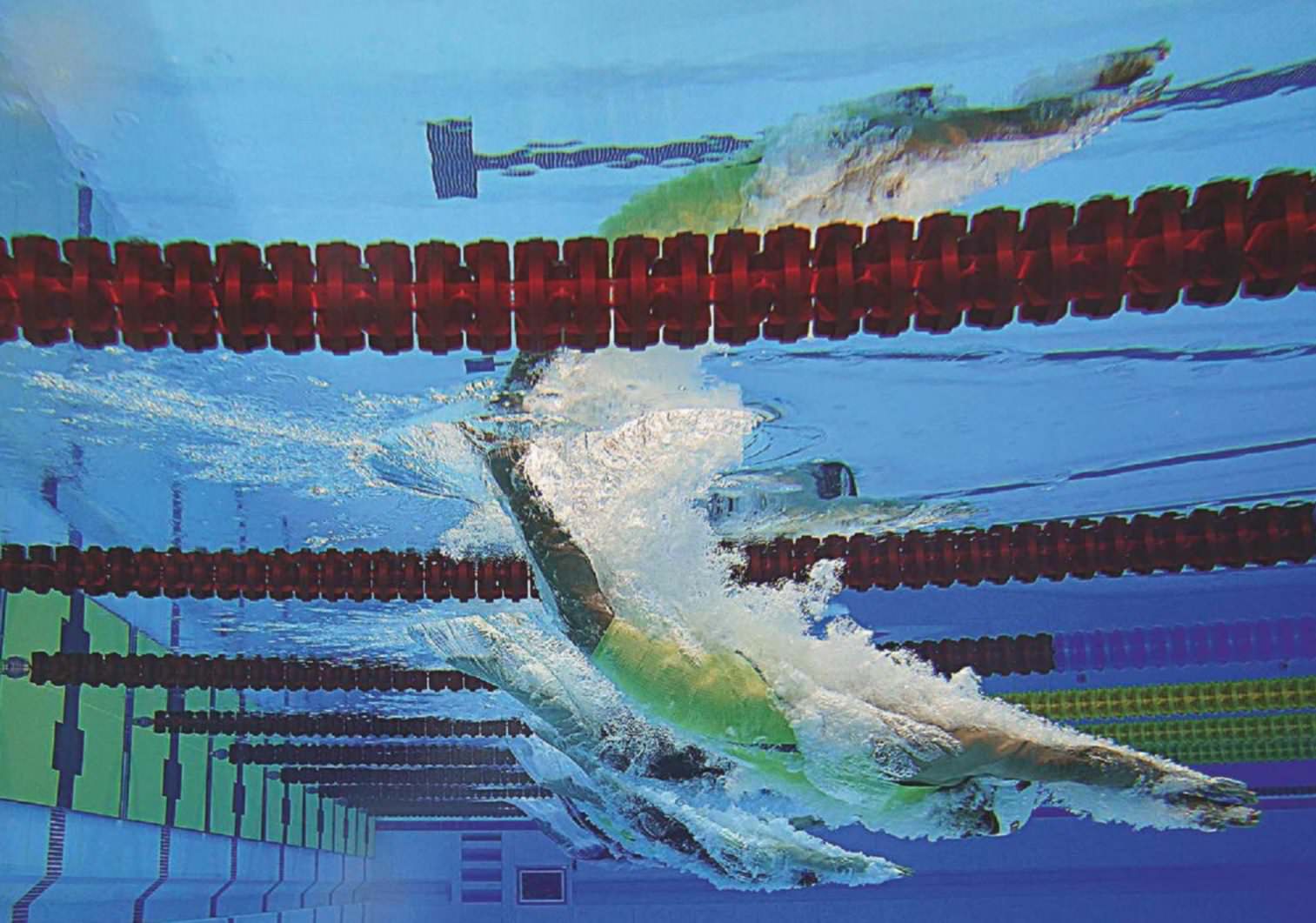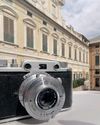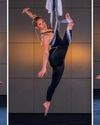يحاول ذهب - حر
Silence Is Golden
September 23,2017
|Amateur Photographer

My first experience of the Sony system was with an Alpha 7R II, which offered good quality but was fiddly to use and the viewfinder was ropey. However, I was intrigued by its silent shooting ability. When I saw the Alpha 9 it had a better menu and better view finder, but what really caught my eye was the fact that not only was it a silent camera, but it was a 20fps silent camera. For a sports photographer, silent shooting is invaluable. If you are sitting next to Tiger Woods and you motor drive your camera with a loud whirr, you will quickly be carted off by security. If you are at a snooker game, or cause a runner to have a false start, the same thing will happen. Silent shooting is great for portrait work, too. Take Premier League footballers: they tend to be high-profile, precious types, so if they hear the shutter a few times they will be up and ready to leave. Working silently means that you are telling the subject when you like the picture, not the click of the camera.
Obviously, I don’t want to interfere or ruin the sports I love by my picture taking. There are lots of shots I have been unable to get as I won’t take the risk of clicking the shutter at the wrong time, and the Alpha 9 removes that risk. While it’s nice to have 20fps, to be honest I would have also jumped at 10fps with silent motor drive.

Class glass
It has taken me a while to get used to the Alpha 9, but it’s been quicker than I thought it would as I had already used the Alpha 7. It’s still a different way of shooting, though. To shoot sports, you must be at one with the camera, and not make silly mistakes. Even as a long-established Nikon user, it took time for me to make the jump from the D3S to the D4 and then the D5.
هذه القصة من طبعة September 23,2017 من Amateur Photographer.
اشترك في Magzter GOLD للوصول إلى آلاف القصص المتميزة المنسقة، وأكثر من 9000 مجلة وصحيفة.
هل أنت مشترك بالفعل؟ تسجيل الدخول
المزيد من القصص من Amateur Photographer

Amateur Photographer
Final Analysis
Maria Falconer considers, Margaret Bull, a dancer, 1982 by Sirkka-Liisa Konttinen
2 mins
November 25, 2025

Amateur Photographer
Tony Kemplen on the... Ferrania Condor
An Italian camera bought on an Italian holiday
2 mins
November 25, 2025

Amateur Photographer
Best Buys
A round-up of the AP testing team's favourite and most highly rated kit, including both cameras and all kinds of accessories, across a wide range of price points
9 mins
November 25, 2025

Amateur Photographer
Sigma 135mm F1.4 DG Art
The world's fastest 135mm AF lens delivers some quite remarkable images, says Damien Demolder, that are impossible to shoot any other way
5 mins
November 25, 2025

Amateur Photographer
Round Six: The Best of the Rest
The APOY judges choose their favourite images that didn't make the top ten of our Night and Low Light category
3 mins
November 25, 2025

Amateur Photographer
An all-terrain vehicle?
Andrew Fusek Peters does a deep dive into the new OM System 50-200mm F2.8 IS Pro
6 mins
November 25, 2025

Amateur Photographer
Neewer CSF10
This softer alternative to a spotlight proves a versatile lighting modifier, says Damien Demolder
2 mins
November 25, 2025

Amateur Photographer
Save big on Honor's best phones for photography, video and more
With Black Friday almost here, don't miss these great discounts on Honor's highly capable phones for stills and video
3 mins
November 25, 2025

Amateur Photographer
Blurred VISIONS
Photographer Seamus Murphy spent 14 years criss-crossing two rival superpowers. The result, Strange Love, blurs borders and expectations to reveal the shared humanity of those caught between them, finds Peter Dench
6 mins
November 25, 2025

Amateur Photographer
Proximity
Stephen McCoy's quiet revelations of the everyday, show the art of staying close to home says Peter Dench
1 mins
November 25, 2025
Translate
Change font size
